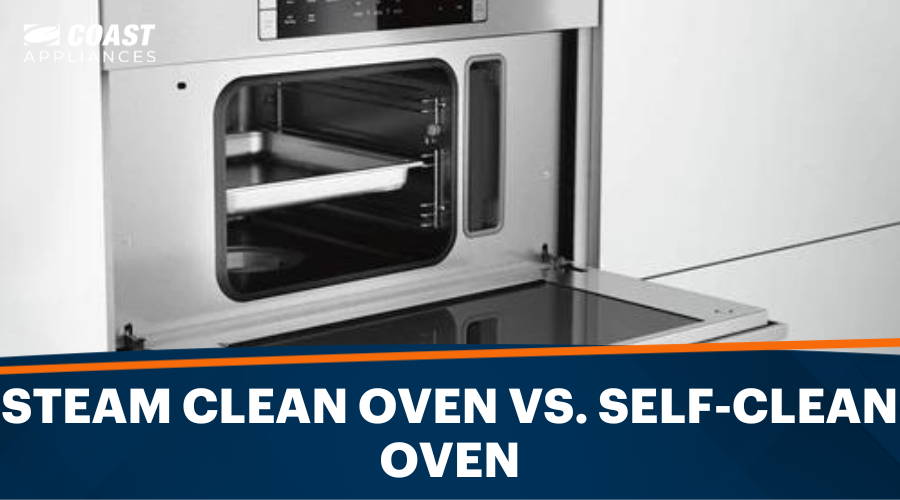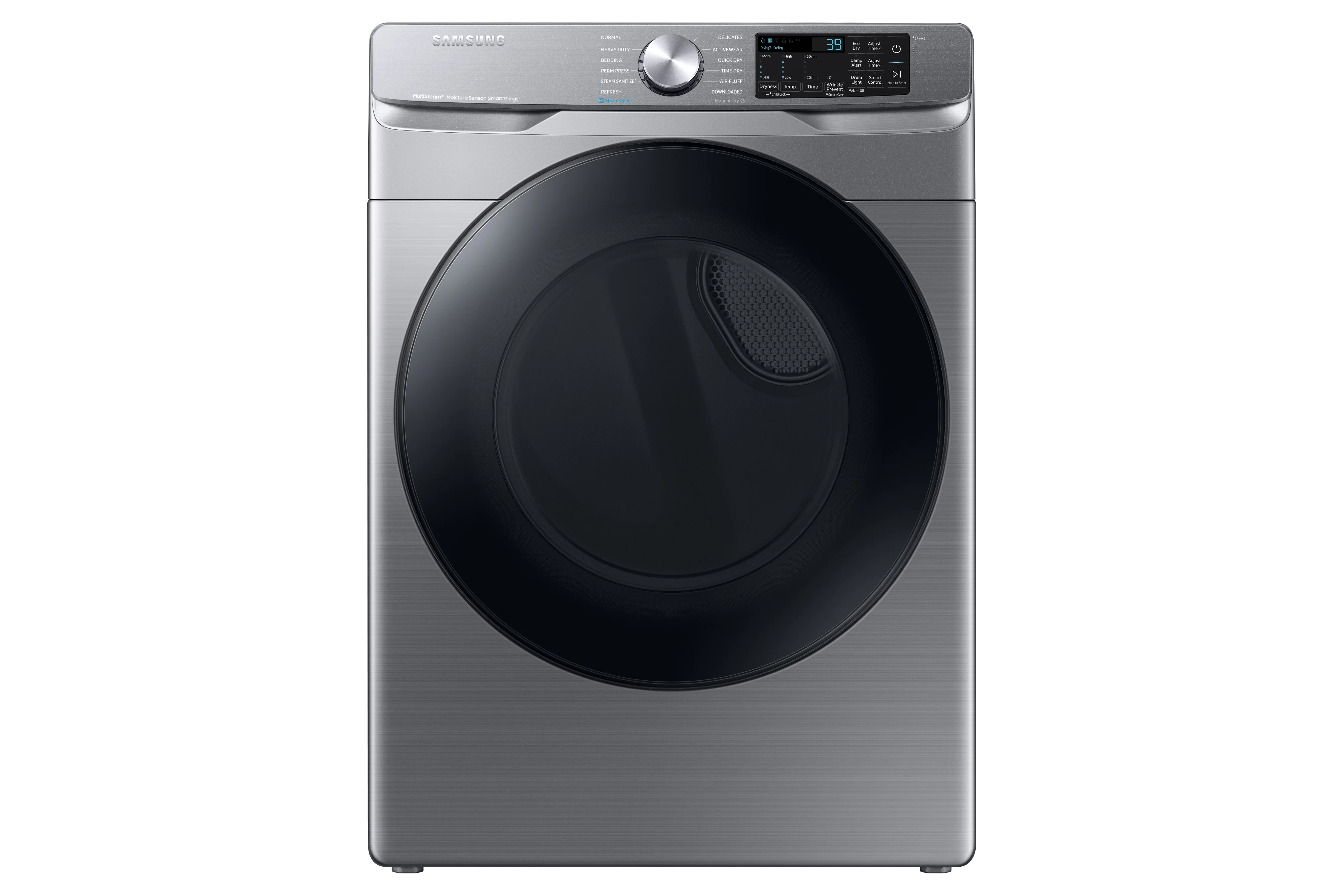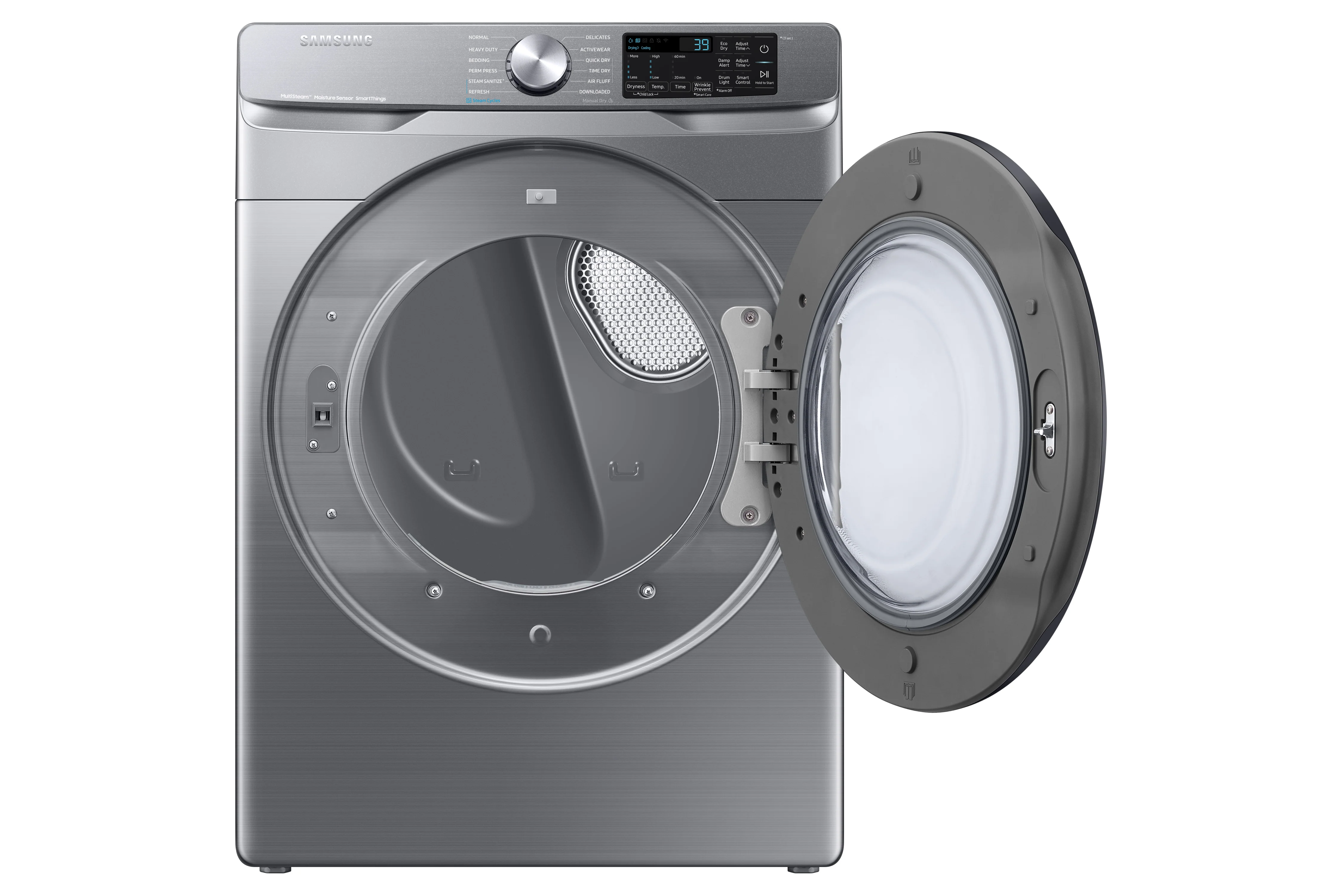Last Updated: July 2, 2025
Cleaning the oven is a task that no one enjoys but cannot be ignored. To avoid your oven becoming a mess, you have to consider cleaning debris and spills frequently. Thankfully, modern ovens are provided with cleaning features like steam clean or self-clean. Both methods use high temperatures to break down food and grease but have their benefits and drawbacks to consider. This article will discuss the process, pros, and cons of these two in-built cleaning options in ovens below. If you plan to invest in a new oven or want to learn about this new feature in your oven, keep reading.
In this article, we’ll cover:
Discover the Perfect Oven for Your Home
Check Our Collection Now!
Steam Clean Oven vs. Self-Clean Oven: Overview
Steam cleaning ovens work by using steam to loosen and dissolve grease or food stuck to the oven's interior. This process typically involves placing clean water inside the oven and running it on a low heat setting for around 20-30 minutes. All you need to do is to place a cup of water at the bottom of the oven and switch on the self-clean mode. The oven will start heating to generate steam from the water, which will help break down any residue, making it easier to wipe away with a damp cloth or sponge. However, manual cleaning should be done only when the oven has completely cooled down.
Self-cleaning ovens, on the other hand, use high temperatures to burn off any food or grease stuck to the oven walls. This process involves the automatic locking of the oven door after it has been set to self-clean mode. While the highest temperature the oven reaches during cooking is about 500 degrees F (260 degrees C), the self-cleaning process takes the temperature to around 900 degrees F (482.2 degrees C) for a few hours. During this time, any food residue is incinerated, and the special enamel coating on the surface prevents the ashes from getting stuck. This makes it easier to wipe away dirt once the oven has cooled down.
While both steam cleaning and self-cleaning ovens are effective at removing stubborn residue, there are some differences between them. Steam-cleaning ovens are generally quicker and use less energy than self-cleaning ovens, making them a more eco-friendly option. With a self-cleaning oven, there will be less work after the cleaning cycle, but the process can take as long as 4 to 6 hours. It's important to consider your own cleaning needs and preferences when deciding which type of oven is right for you.
Comparison Chart for Steam Clean and Self-Clean Ovens
| Steam Clean Oven | Self-Clean Oven | |
| Time Required (Cycle Time) | 30 minutes to 2 hours | 2 to 6 hours |
| Preparations Required | A cup of water placed inside | Set the self-clean mode |
| After-Cleaning (mention time and effort required after the cleaning is done) | Needs a thorough wipe-down after cleaning, and might require a little scrubbing for tough stains | Just a gentle wipe-down will leave the oven completely clean |
| Cleaning Method | Uses steam to loosen or melt away grime and dirt | Burns out residual food and stains into ashes |
| Safety | Doesn't heat much or emit foul smoke | Reaches a high temperature, and emits toxic fumes during the cycle, so children and pets should stay away |
| Cost | Budget option | A bit expensive due to additional features like an auto-door lock, cleaning cycle settings, etc. |
| Environmental Impact | Doesn't require high temperatures to clean, so it is an eco-friendly option | Consumes high energy in every cleaning cycle which can be controlled by presetting time and temperature for self-cleaning |
Pros and Cons of Steam Clean and Self-Clean Ovens
Steam-clean and self-clean ovens are two popular options for those looking to escape the hassle of manually cleaning their ovens. While these options seem like a blessing to avoid heavy cleaning, there can also be trade-offs. Both methods have their advantages and disadvantages that make them the right or the wrong choice for your kitchen. In this section, we'll explore the pros and cons of each method to help you make an informed decision about which oven cleaning option is best for your kitchen needs.
Steam Clean Oven Pros and Cons
Steam Clean Oven Pros:
1. Quick cleaning cycle that requires 30 minutes to 2 hours only.
2. Lower energy usage due to fast cleaning.
3. Ability to use natural cleaning methods like vinegar or lemon juice or even clean water instead of harsh chemicals.
4. No toxic fumes are emitted so the cleaning cycle is odorless.
5. Less heat is generated so you can continue with other chores in the kitchen.
Steam Clean Oven Cons:
1. Need for more frequent cleaning to maintain effectiveness.
2. Potential for moisture buildup if not properly ventilated.
3. Oven walls are not cleaned well.
4. You need to wipe thoroughly to remove debris.
Self-Cleaning Oven Pros and Cons
Self-Cleaning Oven Pros:
1. Capable of removing more stubborn residue and can clean the oven walls more effectively.
2. Come with a safety lock to prevent accidents during the cleaning process.
3. Doesn’t require harsh chemicals or degreasers.
4. A gentle wipe can clean up the mess.
Self-Cleaning Oven Cons:
1. Uses more energy to generate high temperatures for cleaning.
2. Can produce a strong odor during the cleaning process, which may not be suitable for those with respiratory issues.
3. High temperatures used in self-cleaning ovens can damage some oven parts and may require additional repairs or maintenance.
4. Cleaning cycles can last up to 4 hours.
5. Potentially dangerous for children and pets during the cleaning cycles.
Compare Self-Cleaning Oven Models
Find the Right Fit for Your Kitchen!
Steam Clean vs. Self-Clean: Which Oven Is Right for You?
When deciding between a self-clean or steam-clean oven, there are several factors to consider. First, think about the type of residue you typically encounter when cooking. Self-cleaning ovens are more effective at removing stubborn residue while steam-cleaning ovens are better for regular maintenance cleaning.
Second, consider your cleaning preferences and lifestyle. Steam-cleaning ovens are generally quicker and use less energy, making them a more eco-friendly option. However, self-cleaning ovens may be better for those who prefer to clean their ovens less frequently, as they can remove more buildup.
Third, think about the potential drawbacks of each option. Self-cleaning ovens use more energy and can produce toxic odors during the cleaning process that require a good exhaust system in the kitchen. Steam cleaning ovens, on the other hand, may require more frequent cleaning to maintain effectiveness and can produce moisture build-up if not properly ventilated.
Finally, if you have kids and pets at home, the self-cleaning cycle can be a potential risk not only from the emissions but from the amount of heat it generates. It can also cause discomfort to anyone with respiratory problems if your kitchen is not well-ventilated. The steam-cleaning oven can be a better choice as they don't generate as much heat as self-cleaning ones and the steam-based cleaning doesn't emit toxic fumes.
Ultimately, the best option for you will depend on your individual needs and preferences. It's important to weigh the pros and cons of each method before investing in a new oven.
Shop Steam Clean Oven Models
Order your perfect oven now!
FAQs about Steam Clean vs. Self-Clean Ovens
Which is better: self-cleaning or steam clean oven?
There is no clear "better" option between self-cleaning and steam-clean ovens. The best choice depends on individual needs and preferences, as each method has its own set of pros and cons.
Is steam cleaning the same as a self-cleaning oven?
No, steam cleaning and self-cleaning ovens are not the same. Steam-cleaning ovens use hot water vapor to loosen and remove debris, while self-cleaning ovens use high temperatures to burn off residue.
How often should you steam clean your oven?
The frequency of steam cleaning your oven depends on how frequently you use your oven and how much residue it accumulates. For most users, steam cleaning once every few months is sufficient for maintenance cleaning.
Do you leave the racks in when steam cleaning the oven?
It depends on the specific instructions of your oven model, but in most cases, it is safe to leave the racks in when steam cleaning the oven. However, it's important to check the manual to confirm the recommended procedures for your specific oven.
Final thoughts
Whether you opt for a steam clean or self-clean oven, both are great options for maintaining a clean and functional oven. The choice between the two ultimately comes down to your personal needs. Regardless of which option you choose, both steam clean and self-clean features can make the process of cleaning your oven much easier and more efficient, allowing you to spend more time cooking and less time cleaning. Coast Appliances has a wide collection of ovens from the top manufacturers. You can browse the models on their website and check the specifications to find the one that meets your kitchen requirements and budget.














































































































